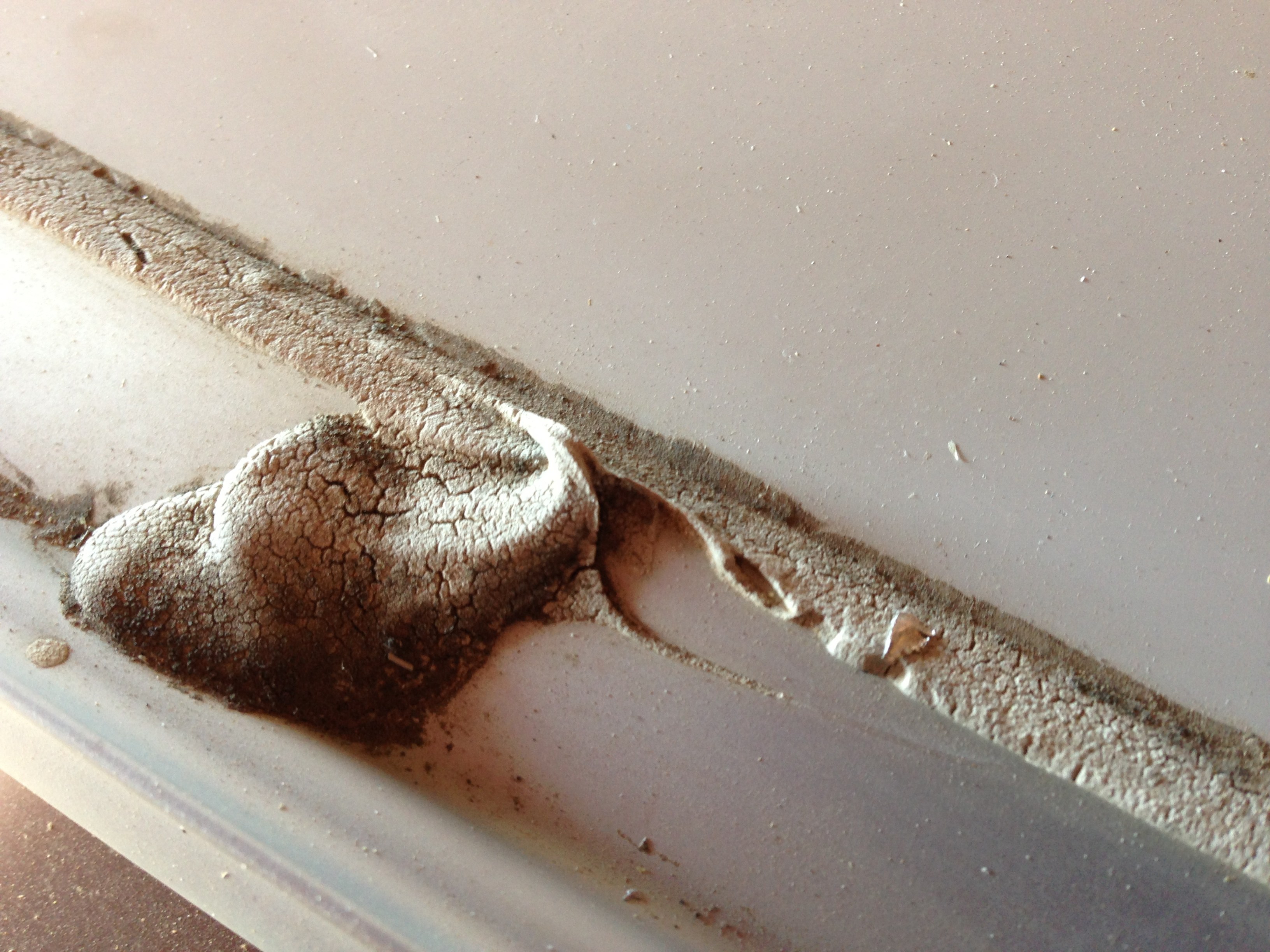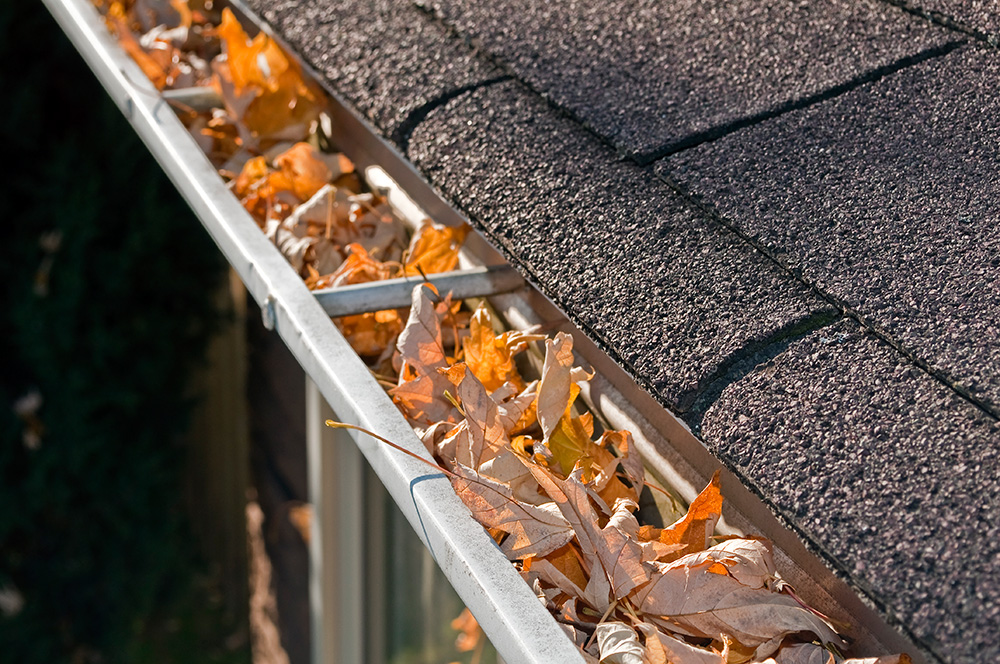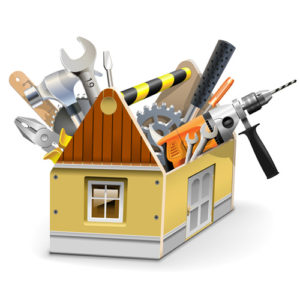
You Are Overpaying Your Energy Bills
- by Pacific Side Construction - Serving Oregon and Washington for over 15 years!
We realize we just made a very bold statement. Probably too bold, right? In all honesty, no. Let us explain... Throughout our years of experience, going from home to home, helping home owners not only with their home maintenance, but also save them money, we have seen a lot. Something you may not have realized as well is that technology is moving forward at lightening speed and new ways to save money are popping up constantly!
So, what are we talking about here? You might be overpaying your energy bills due to your home using up more resources and not being fully energy efficient. A lot of people picture solar panels and candles when they hear energy efficient, but that's not the case (well, at least not now). Yes, you can go as far as installing solar panels and just go fully green...but let's see where your home is now and what you can do immediately to make your home more energy efficient and start lowering your energy bills.
Here are a few of our tips that we have seen home owners make mistakes on:
- Lower your thermostat - when you are not home. Dropping the temperature by just 3 - 5 degrees will reduce your monthly utility bill and use less energy, thus providing an overall savings of approximately 5%-15% of per year!
- Limit portable space heater use - although electric and gas space heaters keep you nice and toasty in cooler weather, they aren’t the most efficient way to keep your home warm. Many space heaters use 1,500 watts of energy to run and are considered to be a very costly way to drain your energy bill. This also applies to gas fireplaces. Using those to maintain heat in your home can add hundreds of dollars to your energy bill every month! If you do decide to use a portable heater, make sure it has an "energy efficient" label on it. Better yet, see bullet points below so you know how to optimally preserve heat in your home.
- Replace incandescent bulbs - this one is huge! In 2014, manufacturers stopped producing 60-watt and 40-watt incandescent lightbulbs (100-watt and 75-watt bulbs were already phased out). Halogen bulbs, compact fluorescent lamps (CFLs) and light-emitting diode (LED) bulbs offer longer lasting light and are more energy-efficient than your old incandescent bulbs. Since the average home uses 40 bulbs, switching over to greener bulbs will significantly reduce your electrical bill.
- Unplug unused chargers - cell phone and battery chargers that are plugged in but not in use are often referred to as energy hogs (money down the toilet right there). Alone, one charger won’t make much impact, but collectively energy hogs can be responsible for 10% of your energy bill. So, always unplug your chargers when not in use.
- Install low-flow shower heads - might not look "energy-efficient" at first, but low-flow shower heads have a flow rate of less than 2.5 gpm (gallons per minute), while most conventional shower heads use 5 gallons per minute. This is double the savings right there!
- Turn off unnecessary water - while we are all used to convenience, it is not a good idea to run half full dishwashers, washers and dryers. A full load means more clothes get washed at once, which in turn conserves water (and money - we are talking up to $170 per year!).
- Seal all windows - inspect your windows for leaks and the status of caulking. As we shared in our previous blog post (Is Your Caulking In Danger?), caulking is not only crucial to the safety and well-being of your home, but also can be an energy drain if it's damaged.
- Add insulation to your attic - adding additional insulation to your attic can help seal air leaks and improve your home’s heating and cooling costs, while preserving more heat. The amount of insulation needed to cover your attic depends on your home’s size. This expense is much less than having to drain money down due to air leaks, especially in colder seasons.
- Buy all Energy Star products - Energy Star-qualified appliances (refrigerators, televisions, stoves, washers and air conditioners) use 10-50% less energy than standard appliances!
- Perform an energy audit - consider hiring a professional to inspect your home and evaluate the inefficiencies and wasted energy in your home. You might spend some money, but save tens of thousands in the long run! You can get in touch with us by going to Contact Us.
Make your home super energy efficient and save a lot of your hard-earned money by greatly decreasing your energy bill costs.
- Brought to you by Pacific Side Construction




